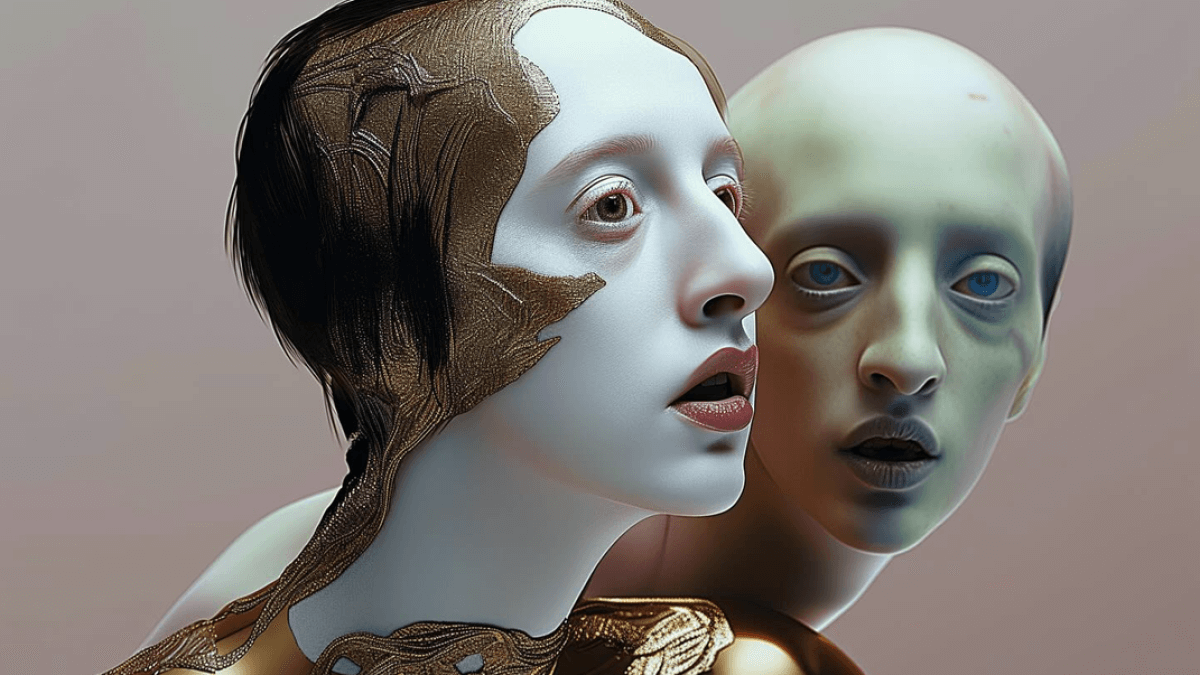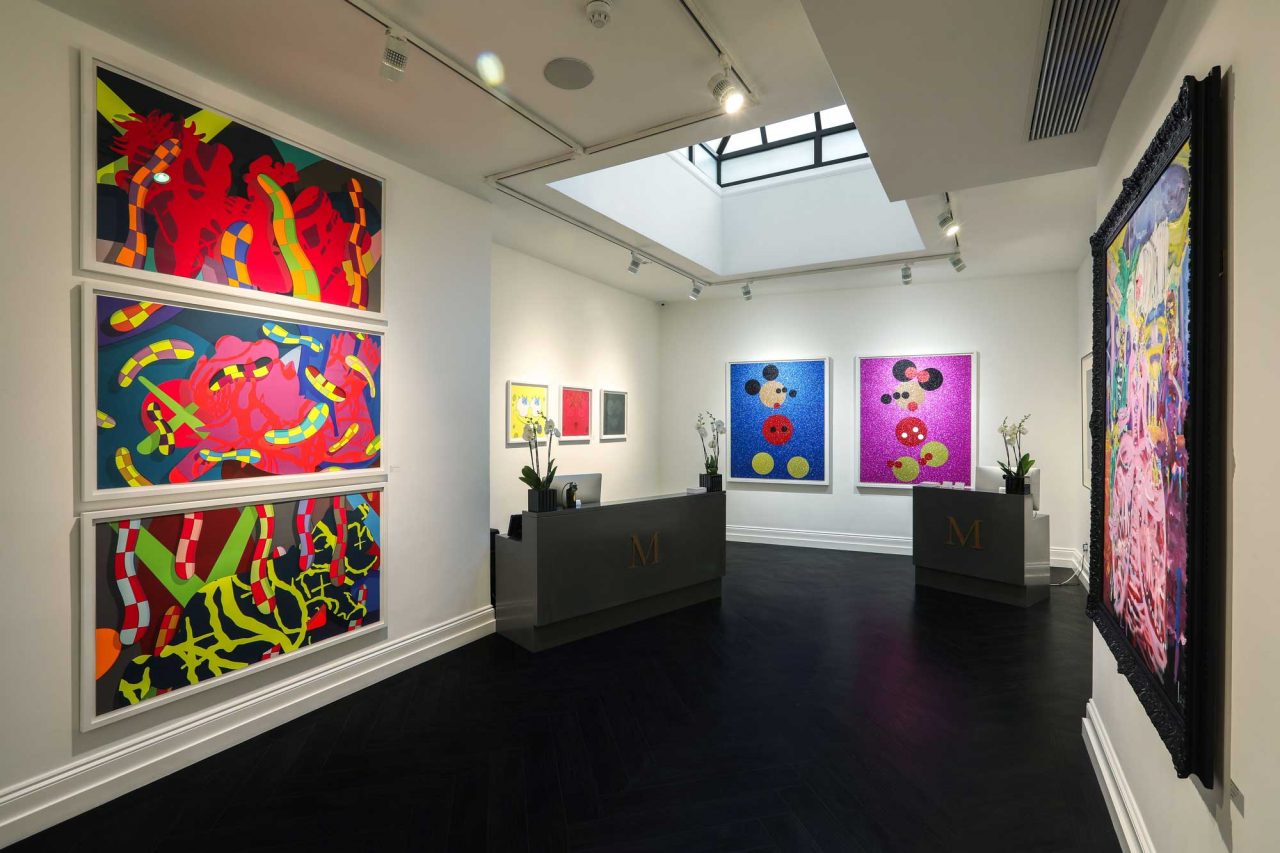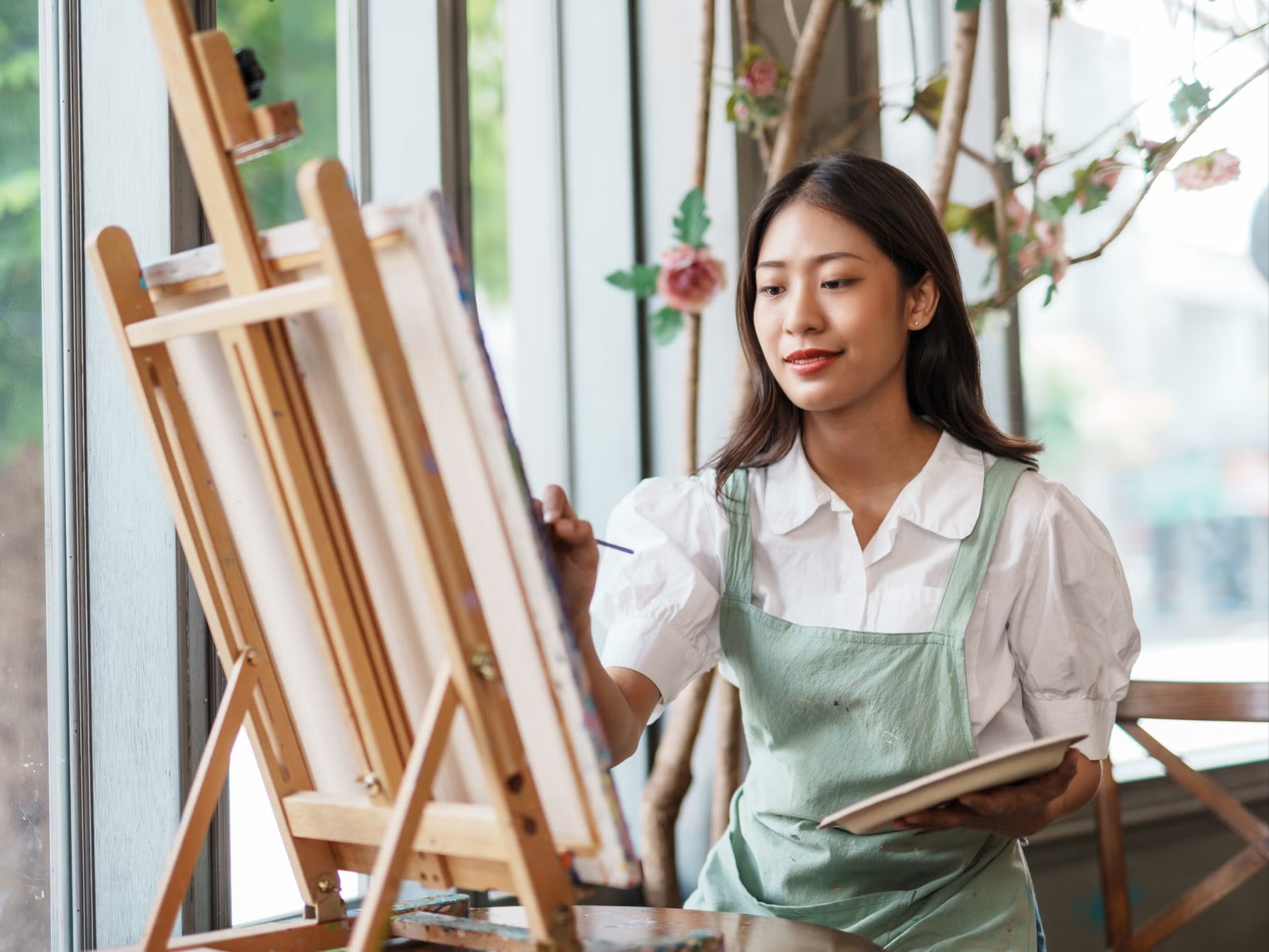
The Fusion of Lifestyle and Art: How Creativity Shapes the Way We Live
In today’s fast-paced world, where convenience often trumps beauty, art remains a quiet but powerful force that shapes our lifestyles in ways we might not even recognize. From the homes we live in to the clothes we wear, from the public spaces we inhabit to the digital worlds we explore, art infuses our lives with personality, emotion, and meaning. The intersection of lifestyle and art is not just about aesthetics—it’s about how creativity enhances well-being, drives cultural connection, and allows individuals to express themselves in deeply personal ways.
Art as a Reflection of Personal Identity
Our lifestyle choices—what we wear, how we decorate our homes, the objects we choose to display—are all extensions of who we are. Art has always been a vehicle for personal expression, but in modern society, this connection has grown stronger than ever. People are no longer content with cookie-cutter interiors or mass-produced décor. Instead, they seek unique pieces—paintings, ceramics, sculptures, or handcrafted furniture—that resonate with their identity.
Art doesn’t just hang on the wall anymore; it’s part of the fabric of life. Think of the growing popularity of mural walls in homes, or wearable art in the form of hand-painted jackets, jewelry, or custom sneakers. Each piece carries a story, and by incorporating art into their lifestyle, people tell their own stories in subtle, visually captivating ways.
The Role of Art in Mental and Emotional Well-Being
The connection between art and emotional health has been widely studied, with research showing that engaging with art—whether by creating it or simply enjoying it—reduces stress, boosts mood, and improves cognitive function. In an era where burnout and anxiety are increasingly common, incorporating art into everyday life can be a powerful antidote.

Art therapy has become a recognized practice, helping individuals process emotions and trauma through creative expression. But beyond formal therapy, even small acts of art appreciation—like visiting a gallery, taking a pottery class, or curating a visually pleasing home environment—can improve mental health. People are now prioritizing this more than ever, designing spaces filled with natural light, textured materials, and creative elements to foster calm and inspiration.
How Art Shapes Our Spaces
Interior design trends increasingly blur the line between functional and artistic. Minimalism, maximalism, and everything in between are often centered on how artistic expression can make a space feel alive. Large-format wall art, sculptural furniture, and statement lighting aren’t just decorative; they set the tone for how we experience a space emotionally.
Even urban environments have embraced art as a tool to shape community identity and connection. Public art installations, street murals, and interactive sculptures are transforming cities worldwide, turning otherwise ordinary neighborhoods into vibrant cultural hubs. These spaces invite people to engage not just with their surroundings but also with one another, fostering a sense of community and shared experience.
The Digital Shift: Art and Lifestyle in the Virtual Age
Technology has created a new dimension for the art-lifestyle connection. Digital art, NFTs, and augmented reality installations are redefining how people collect, experience, and interact with art. Social media has become a powerful platform for artists to showcase their work, and for individuals to curate their personal aesthetic, blending virtual and physical worlds seamlessly.
Platforms like Instagram and Pinterest have become visual playgrounds, inspiring lifestyle trends that center around art-inspired living. Meanwhile, virtual galleries and immersive digital exhibitions make it possible to experience world-class art from anywhere in the world, democratizing access and making art appreciation an integral part of daily life.
Supporting Artists as a Lifestyle Choice
Incorporating art into one’s lifestyle isn’t just about self-expression; it’s also about supporting the creative economy. With growing interest in sustainable and ethical living, many people are choosing to invest in original artworks and handcrafted items rather than mass-produced décor. This not only allows individuals to surround themselves with meaningful, unique objects but also supports local and independent artists, helping to keep creative traditions alive.
Events like local art fairs, craft markets, and open studio tours have become popular weekend activities, offering a chance to connect directly with artists and learn the stories behind their creations. This connection enriches the experience of owning art, transforming it from a simple object into a piece of shared humanity.
Making Art Accessible to Everyone
While art has often been associated with exclusivity, today’s cultural landscape is shifting toward accessibility and inclusivity. Pop-up exhibitions, community art programs, and online marketplaces make it easier for people to discover and engage with art, regardless of their budget or background.

DIY art and craft movements also empower individuals to become creators themselves. From at-home painting nights to digital design tools, people are discovering that art isn’t something you simply observe—it’s something you can actively participate in. This shift has made creative living more attainable and appealing for a broader audience.
Conclusion: Living a Life Enriched by Art
Art is no longer a luxury reserved for museums or the wealthy elite; it’s a dynamic, integral part of everyday life. Whether through the spaces we inhabit, the objects we cherish, or the creative experiences we seek out, art shapes our lifestyle in ways that bring beauty, meaning, and connection to our world.
As we continue to embrace creativity—both in physical and digital forms—our lifestyles become richer, more intentional, and more reflective of who we are. By integrating art into daily living, we’re not just surrounding ourselves with beauty; we’re cultivating a way of life that values expression, connection, and the transformative power of the human imagination.





Post a comment